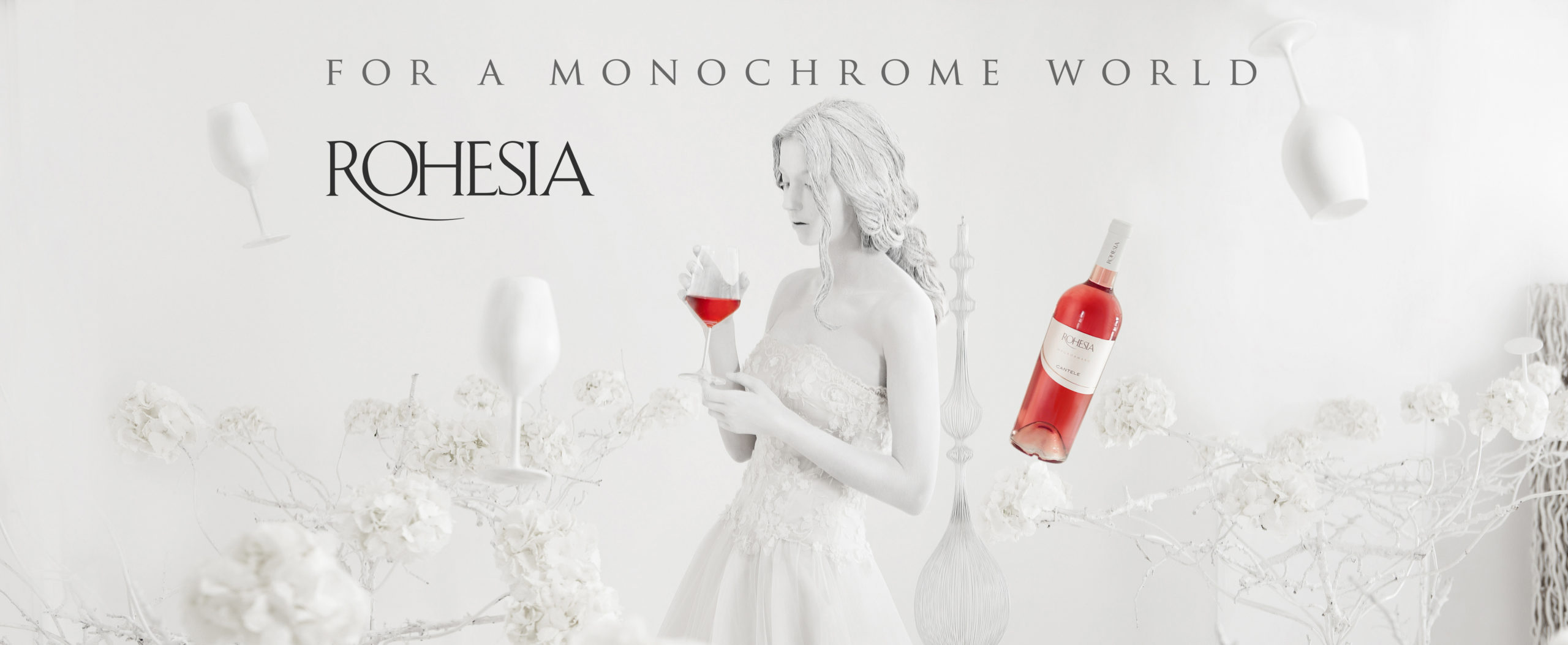The first vintage of Rohesia has been such a thrill for us. And now, this new rosé — vinified from the same grapes used for our flagship wine, Teresa Manara Negroamaro — is in its second vintage. But it’s already become a wine that stands out from the crowd.
The second incarnation has been even more positively received than the previous. It’s thanks to this wine’s strong identity and the fact that it doesn’t compromise on any level: It’s a wine whose integrity has never been shaped by fleeting trends of the marketplace.
The 2014 harvest was challenging. Because of summer rains that affected all of Italy, the weather conditions delivered a wine whose color is less intense than in the previous vintage. Vinification of a rosé wine always requires a technical approach that takes into account the variables of any given vintage. Maceration of the grape must before fermentation takes place at a low temperature. It continues until the desired color is achieved. In the case of Rohesia, this generally takes up to 24 hours. But the process is also closely linked to the desired tannic balance. As a result, the amount of time in which the must is left in contact with the skins varies from vintage to vintage as does the final color of the wine.
Brief maceration times, often employed to obtain lightly colored rosé wines, can eclipse the place where the grapes are grown. When winemakers follow the “Provençe model,” they often lose sight of the wine’s soul and hinder its true voice. Rohesia’s strength lies in its identity and its sense of place. It’s not trying to be a wine from Provençe nor is it a vain attempt to be anything other than what it truly is: an expression of the Salento peninsula and its unique character. The media campaign that we’ve created for Rohesia is a reflection of this concept. The wine’s tag line says it all: Rohesia, a wine for a monochrome world.
This is a rosé that stands out in a crowded field of lookalikes.

